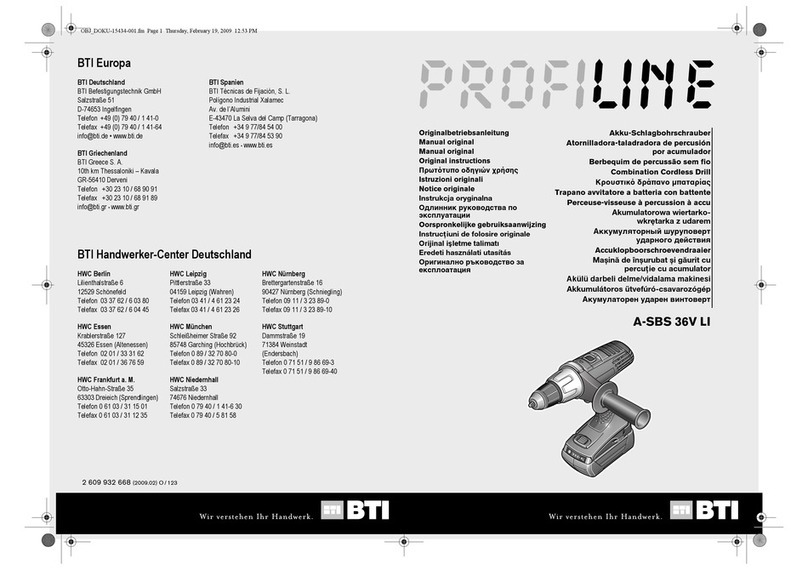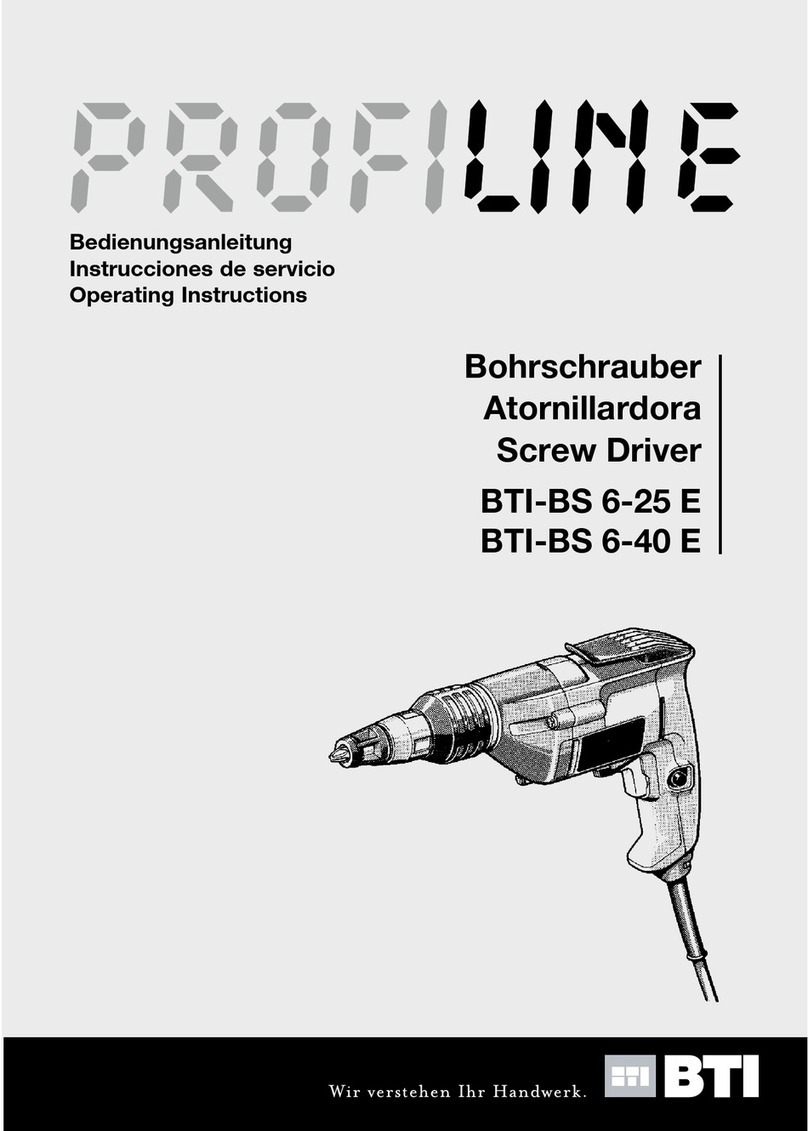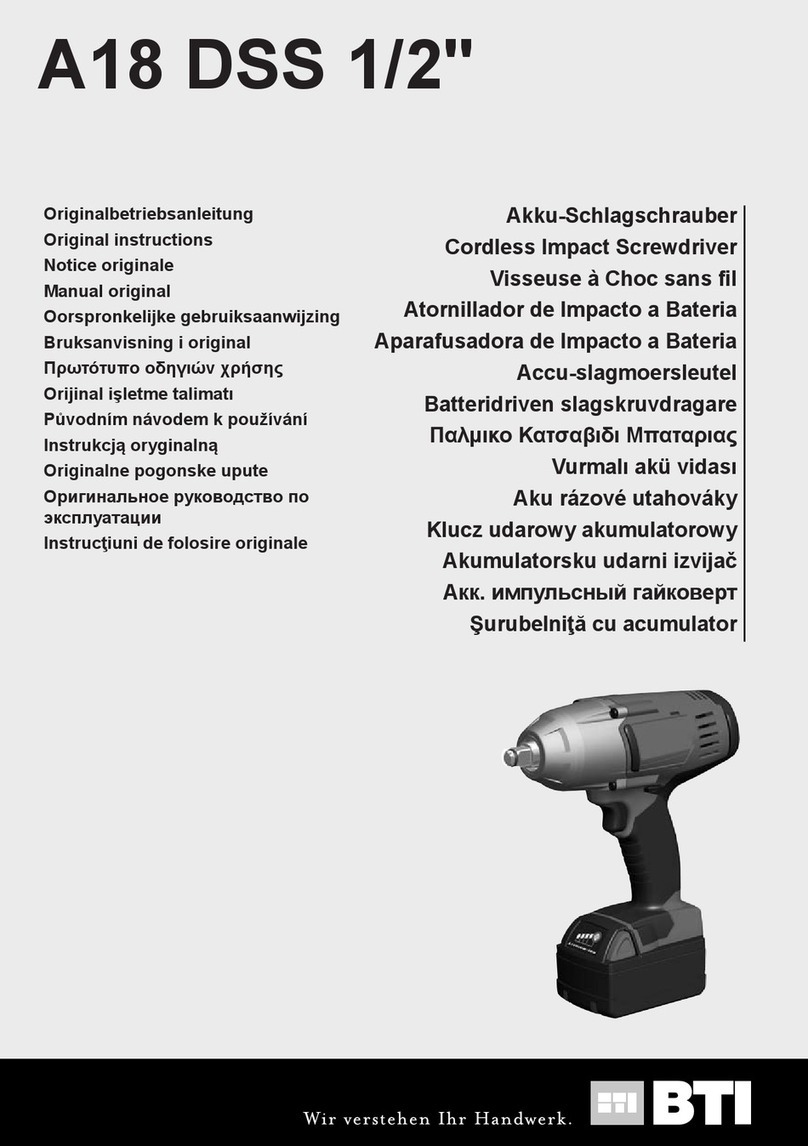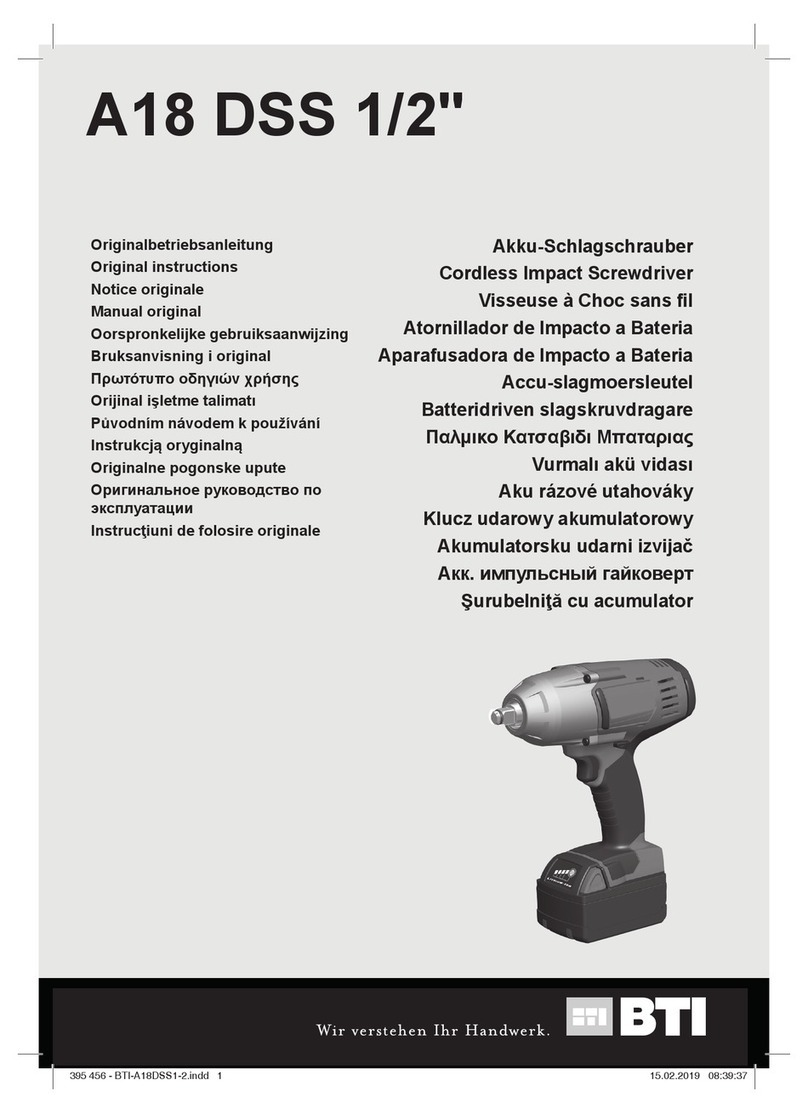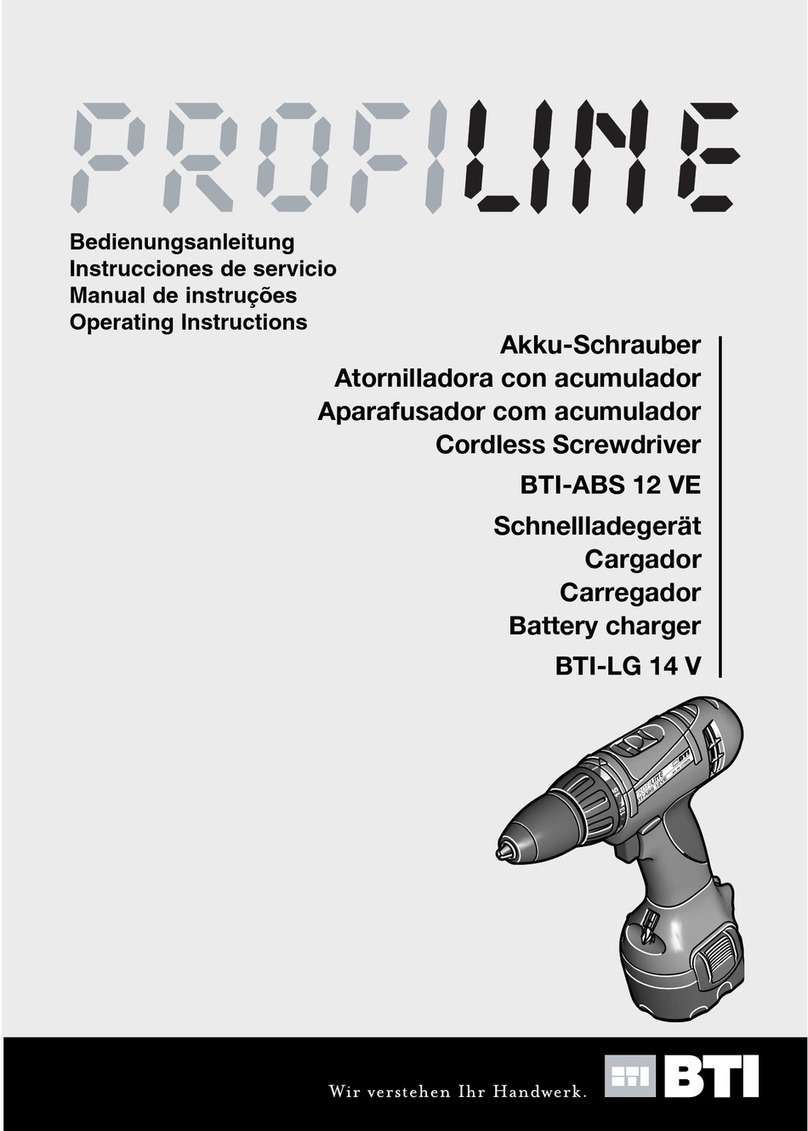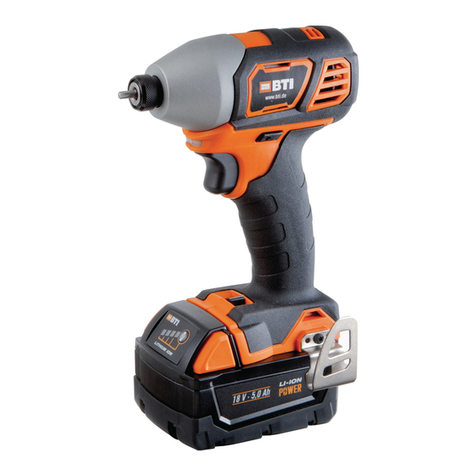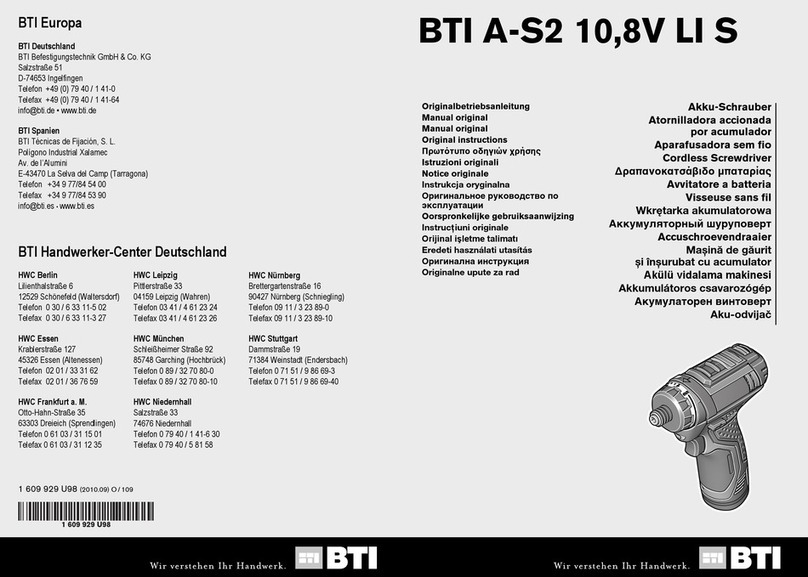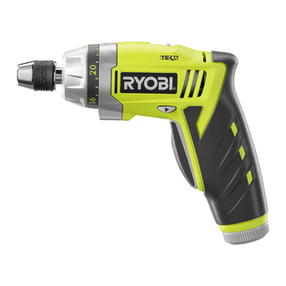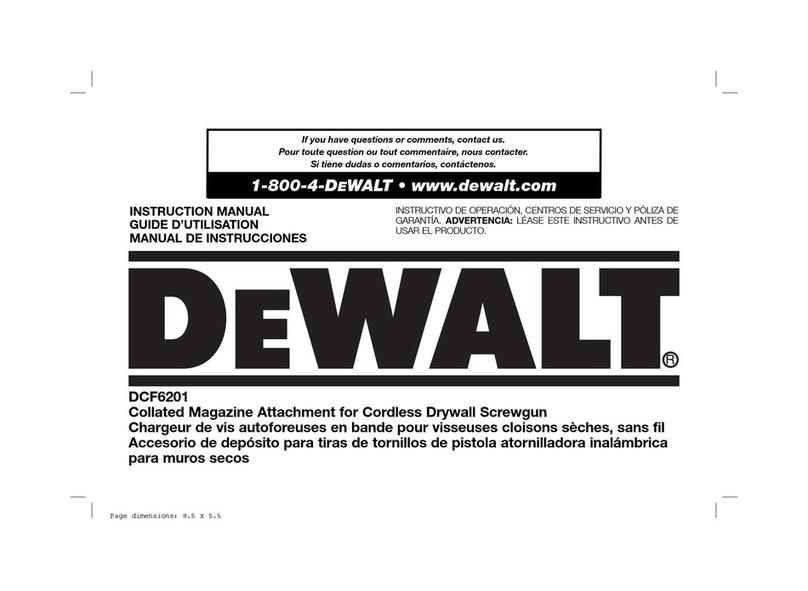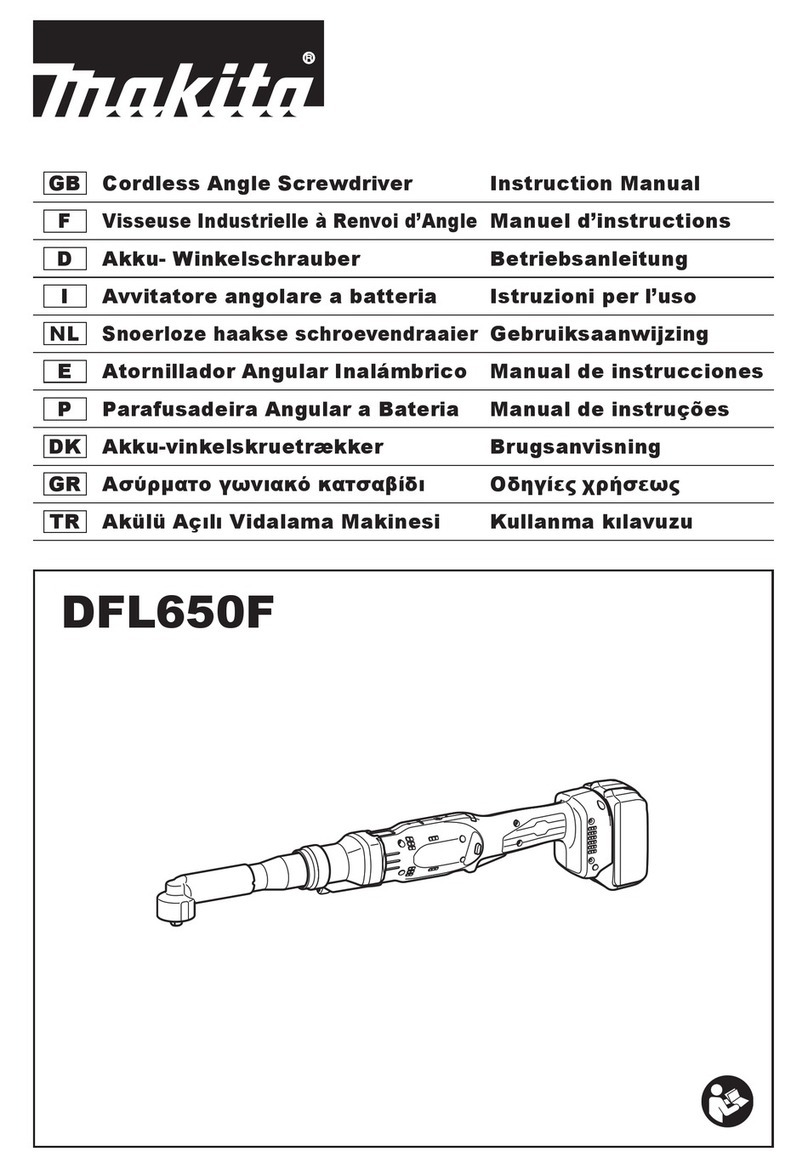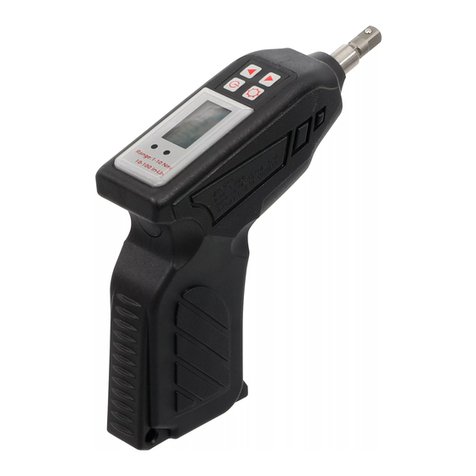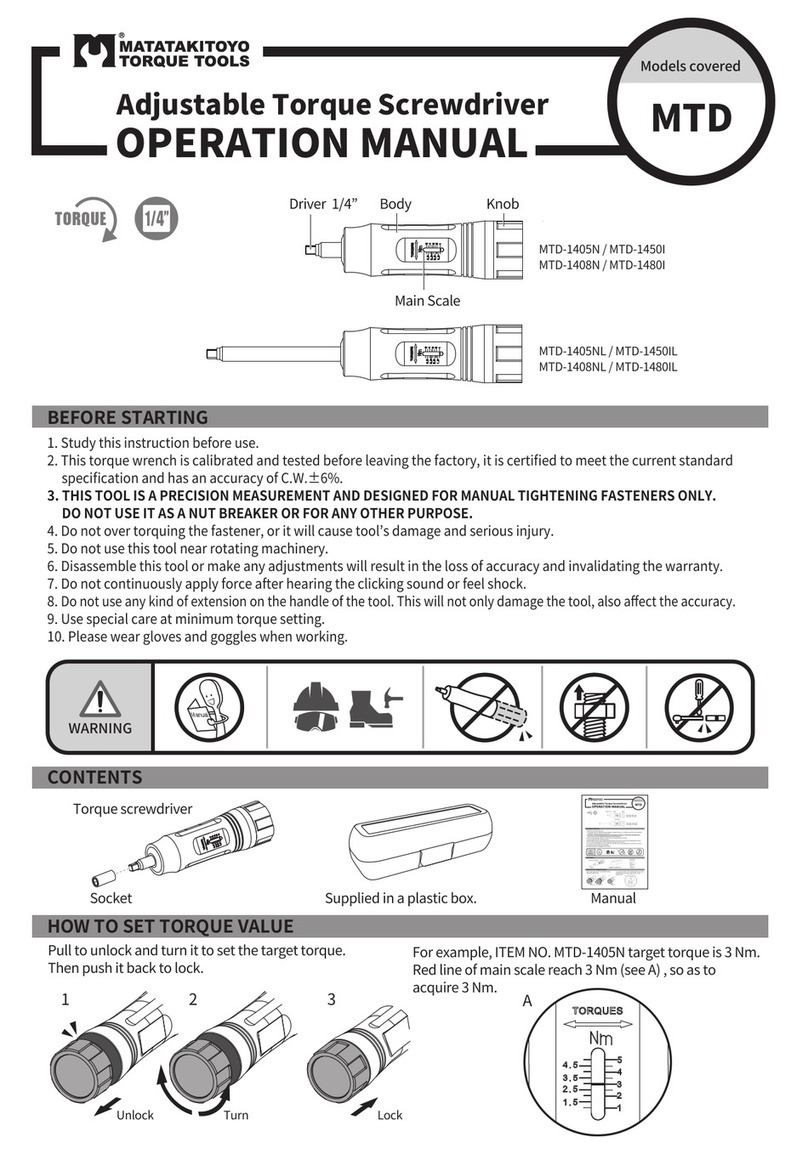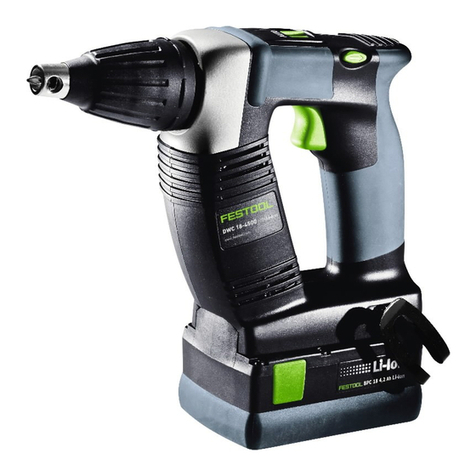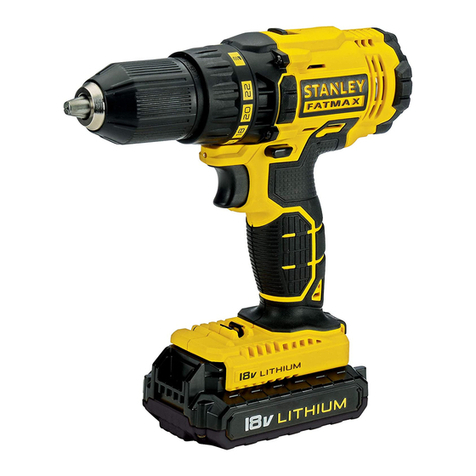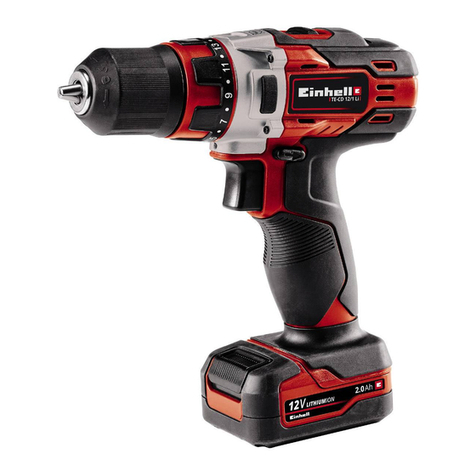
4
Vor allen Arbeiten an der
Maschine den
Wechselakku
herausnehmen
Remove the battery pack
before starting any work
on the machine.
Avant tous travaux sur la machine
retirer l’accu interchangeable.
Retire la batería antes de comenzar
cualquier trabajo en la máquina.
Antes de efectuar qualquer
intervenção na máquina retirar o
bloco acumulador.
Voor alle werkzaamheden aan de
machine de akku verwijderen.
Drag ur batteripaket innan arbete
utföres på maskinen.
.
Aletin kendinde bir çalıma yapmadan
önce kartuaküyü çıkarın.
Ped zahájením veškerých prací na
vrtacím šroubováku vyjmout výmnný
akumulátor.
Przed przystpieniem do
jakichkolwiek prac na elektronarzdziu
naley wyj wkadkakumulatorow.
Prije svih radova na stroju izvaditi
bateriju za zamjenu.
B
- .
Îndeprtai acumulatorul înainte de
începerea lucrului pe maina
1
1
2
2
click
457 823 - BTI-A18DSS-1BL12 .indd 4457 823 - BTI-A18DSS-1BL12 .indd 4 18.05.2021 09:34:5018.05.2021 09:34:50
